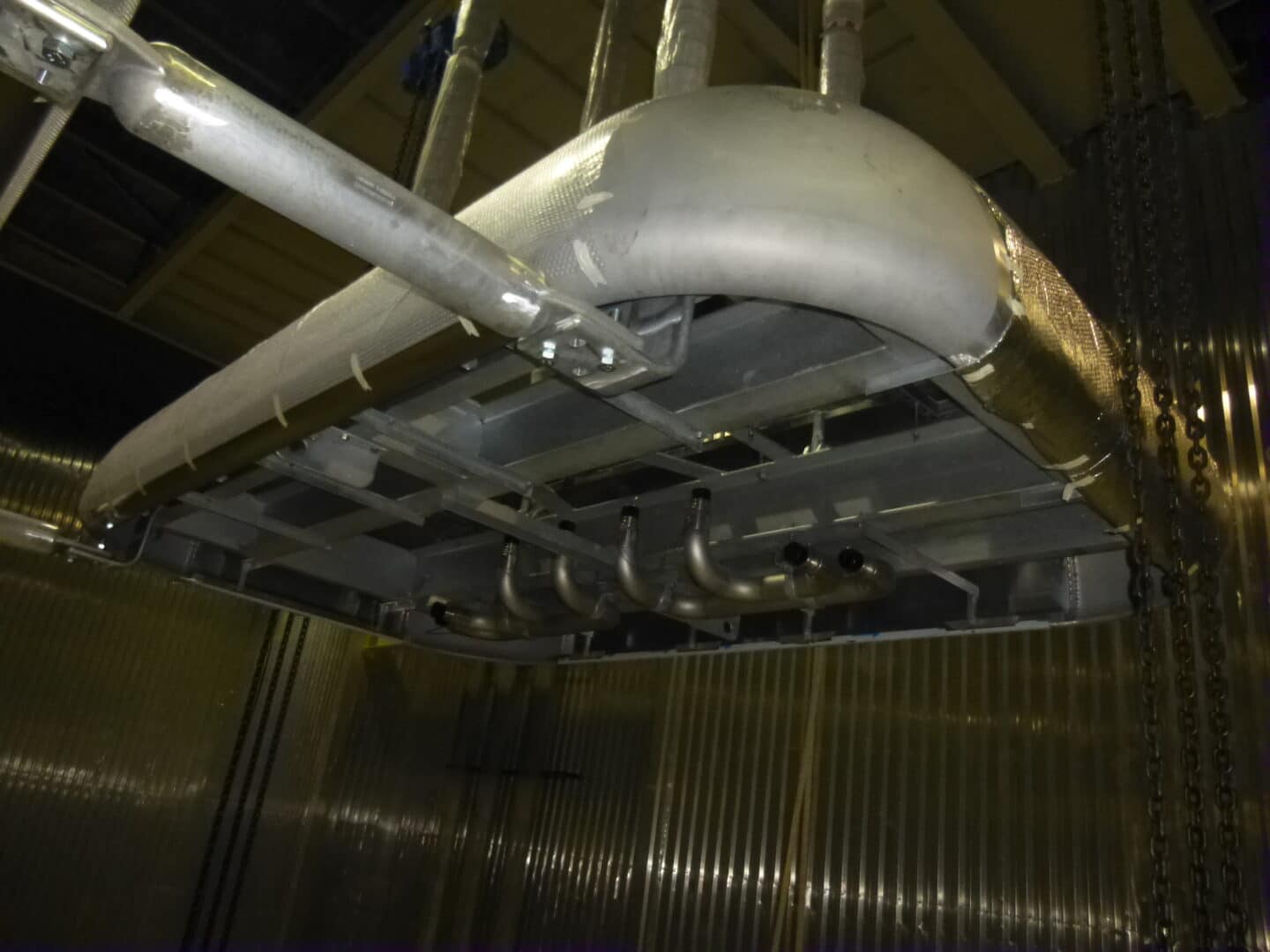Due to the long distances and huge power transmission needs in northern India, high-voltage direct-current transmission (HVDC) is the solution for low-loss transportation of electrical energy over long distances. As a rule, this can transmit 30 to 40 percent more power. Until now, the Northwest transmission corridors have consisted primarily of alternating current (AC) transmission lines.


800 kV HVDC technology was used to transmit 3000 MW from Champa in central India to Kurukshetra in northern India. The rectifier station, where electricity is converted from alternating current to direct current (DC), is located in Champa. The power is transported via the inverter station in Kurukshetra to the surrounding area after being converted back into alternating current.
Lorünser Austria was responsible for supplying all the string elements and connection clamps, including corona protection devices, in the 800 kV valve hall. This involved working closely with the engineering department of General Electric (GE) in Stafford. Lorünser components were implemented into GE’s 3D planning tool and checked for any collisions.
The advantage: The new connecting elements developed by Lorünser in conjunction with detailed 3D planning make it easy to adapt to any structural anomalies. As a result, it was no longer necessary to make adjustments on the construction site and the tightly scheduled installation times were maintained.